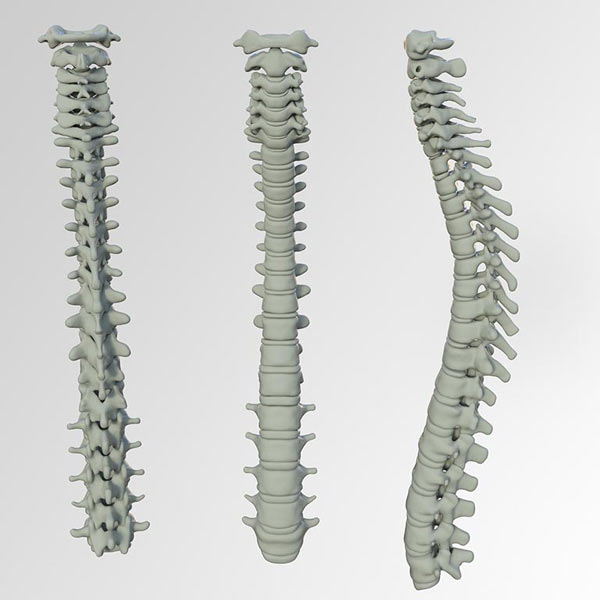
02 Aug Spine Health 101: What You Need to Know?
Discover the essentials of spine health, from prevention strategies to treatment options, in our comprehensive guide.
Your spine is an incredible structure, a pillar of support for your entire body. It’s what allows you to stand tall, bend, twist, and move freely. But how much do you really know about spine health? In this blog, we’re diving deep into Spine Health 101, covering everything you need to know to keep your backbone in top shape. From common spine issues to preventive measures and exercises, get ready for a journey through the fascinating world of your spine.
Understanding Your Spine: The Backbone of Health
The human spine is a marvel of engineering. Composed of 33 individual bones stacked one on top of the other, it provides structural support, enables flexible movement, and houses the spinal cord – the main pathway of communication between your brain and body. Understanding the spine’s anatomy is key to appreciating its functions and the importance of maintaining its health. The spine is divided into four major regions: cervical (neck), thoracic (mid-back), lumbar (lower back), and sacral (pelvic) areas. Each section has unique characteristics and common issues associated with it.
Common Spinal Problems and Their Impact
Spinal health is often compromised by lifestyle choices, accidents, or natural aging. Common spinal issues include herniated discs, sciatica, scoliosis, and chronic lower back pain. These conditions can range from mildly inconvenient to severely debilitating. For instance, a herniated disc in the lumbar region can lead to sciatica, a condition where pain radiates along the sciatic nerve, affecting your legs and feet. Understanding these conditions, their symptoms, and their potential impact on your life is crucial for early detection and treatment.
The Pillars of Spinal Health: Prevention and Care
The adage ‘prevention is better than cure’ holds especially true for spinal health. Here are some key strategies:
-
Ergonomics and Posture:
Whether you’re at work or home, maintaining a good posture is vital. Invest in ergonomic furniture and make conscious efforts to keep your spine aligned. Remember, slouching may feel comfortable but can lead to long-term spine issues.
-
Exercise and Flexibility:
Regular exercise, especially activities that strengthen your core and increase flexibility, can significantly improve spine health. Yoga and Pilates are great options.
-
Nutrition and Hydration:
A balanced diet rich in calcium and vitamin D promotes bone health while staying hydrated maintains the elasticity of spinal discs.
-
Regular Check-ups:
Especially if you have a sedentary lifestyle or a job that requires heavy lifting, regular spinal check-ups can catch issues before they escalate.
When to Seek Professional Help: Recognizing the Signs
Despite best efforts, sometimes professional intervention is necessary. If you experience persistent pain, numbness, or weakness in your limbs, or changes in your bodily functions, it’s time to consult a healthcare professional. Early diagnosis and treatment can make a significant difference in recovery times and outcomes.
Spine health is a vital aspect of overall well-being. By understanding the anatomy of the spine, recognizing common issues, practicing preventive care, and knowing when to seek professional help, you can maintain a healthy and active lifestyle. Remember, your spine is your body’s support system; taking good care of it is not just about preventing pain or discomfort, but about ensuring a quality life. Stay informed, stay active, and most importantly, listen to your body – it’s the best guide you have for maintaining spine health.

